Anirban Nag
Engineering Data Sciences
Computer Vision-based Social Distancing Surveillance Solution with Optional Automated Camera Calibration for Large Scale Deployment
Apr 22, 2021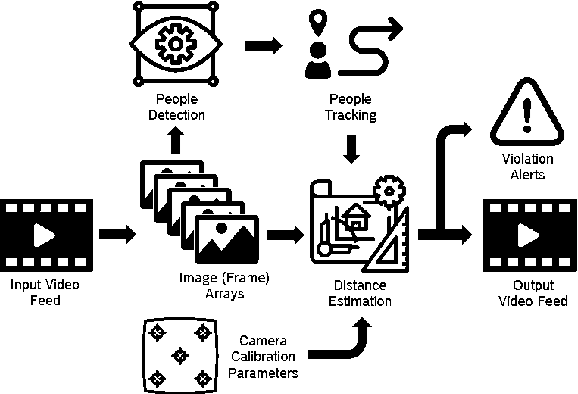
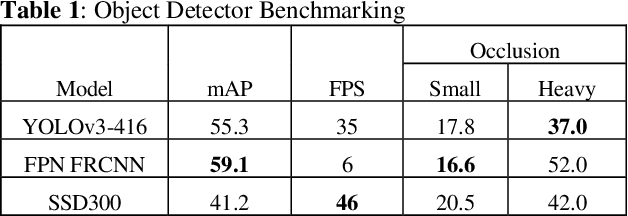
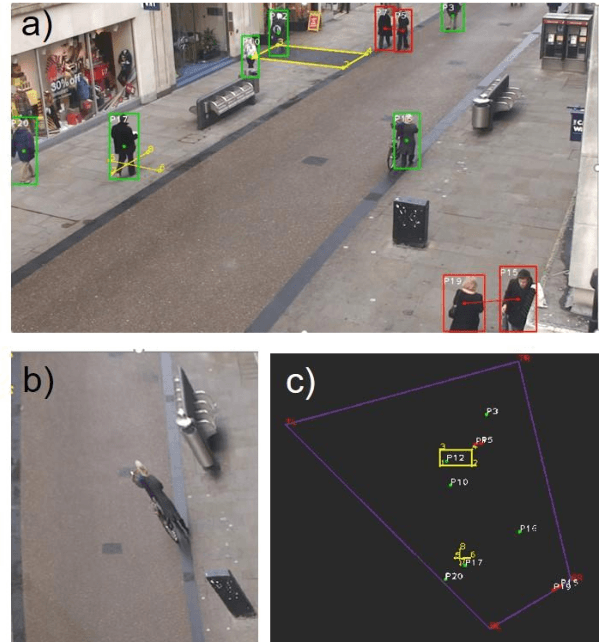

Abstract:Social distancing has been suggested as one of the most effective measures to break the chain of viral transmission in the current COVID-19 pandemic. We herein describe a computer vision-based AI-assisted solution to aid compliance with social distancing norms. The solution consists of modules to detect and track people and to identify distance violations. It provides the flexibility to choose between a tool-based mode or an automated mode of camera calibration, making the latter suitable for large-scale deployments. In this paper, we discuss different metrics to assess the risk associated with social distancing violations and how we can differentiate between transient or persistent violations. Our proposed solution performs satisfactorily under different test scenarios, processes video feed at real-time speed as well as addresses data privacy regulations by blurring faces of detected people, making it ideal for deployments.
Newton: Gravitating Towards the Physical Limits of Crossbar Acceleration
Mar 10, 2018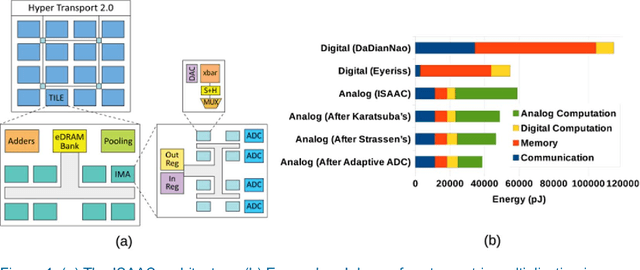
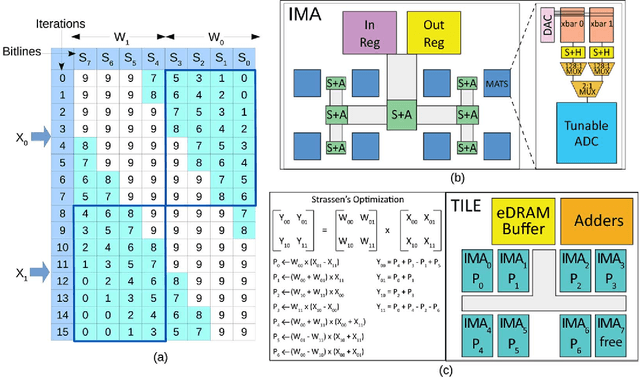
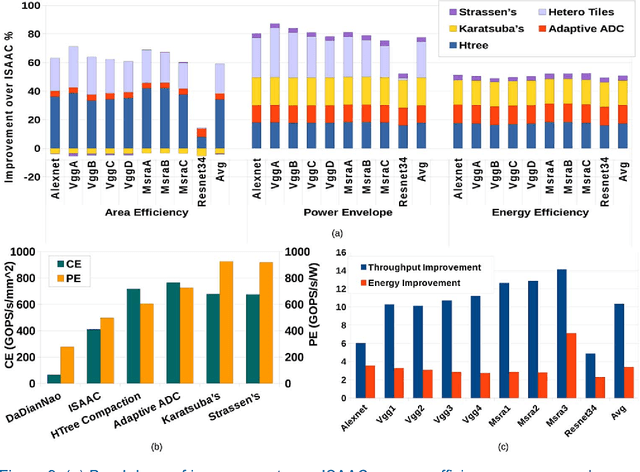
Abstract:Many recent works have designed accelerators for Convolutional Neural Networks (CNNs). While digital accelerators have relied on near data processing, analog accelerators have further reduced data movement by performing in-situ computation. Recent works take advantage of highly parallel analog in-situ computation in memristor crossbars to accelerate the many vector-matrix multiplication operations in CNNs. However, these in-situ accelerators have two significant short-comings that we address in this work. First, the ADCs account for a large fraction of chip power and area. Second, these accelerators adopt a homogeneous design where every resource is provisioned for the worst case. By addressing both problems, the new architecture, Newton, moves closer to achieving optimal energy-per-neuron for crossbar accelerators. We introduce multiple new techniques that apply at different levels of the tile hierarchy. Two of the techniques leverage heterogeneity: one adapts ADC precision based on the requirements of every sub-computation (with zero impact on accuracy), and the other designs tiles customized for convolutions or classifiers. Two other techniques rely on divide-and-conquer numeric algorithms to reduce computations and ADC pressure. Finally, we place constraints on how a workload is mapped to tiles, thus helping reduce resource provisioning in tiles. For a wide range of CNN dataflows and structures, Newton achieves a 77% decrease in power, 51% improvement in energy efficiency, and 2.2x higher throughput/area, relative to the state-of-the-art ISAAC accelerator.
 Add to Chrome
Add to Chrome Add to Firefox
Add to Firefox Add to Edge
Add to Edge